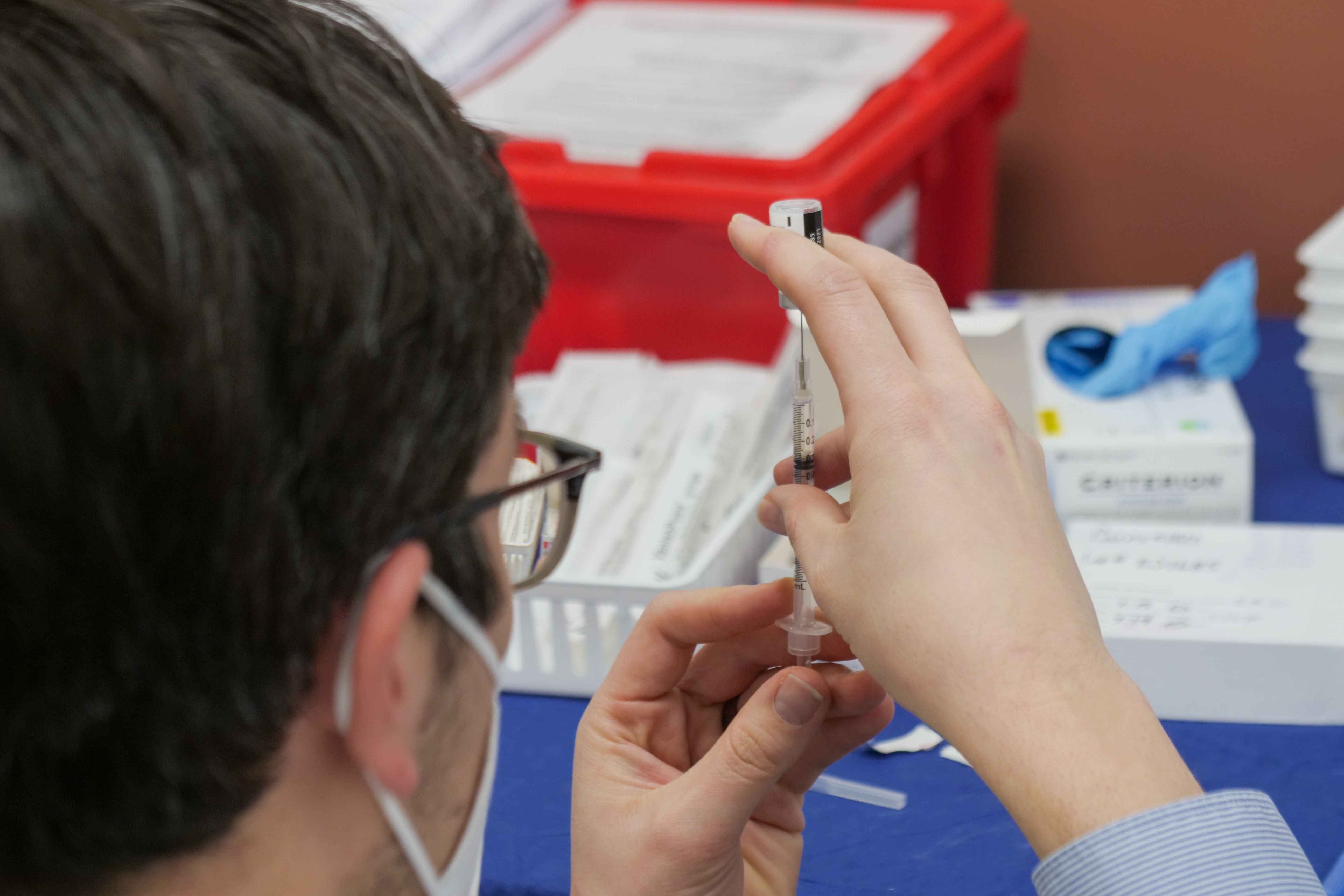Mix and Matching COVID-19 Vaccine Boosters
Researchers looked at the serial use of homologous and heterologous boosters in open-label clinical trials across 10 US sites.

COVID-19 numbers are varying and depending on where you live you could be facing another uptick in cases or leveled off at the moment.
The simple truth is that we ultimately hang in a delicate balance—the vaccines keep us safe from severe disease and death but as interest wanes, so does the desire to get boosted. For so many of us, the topic of boosters is quite simple— just tell me when and where to get it and if I need the same kind as the first two doses. How does it work though if I get a different kind of booster from my initial dose?
More conversations need to be had on homologous and heterologous COVID vaccine boosters—meaning, same as the initial vaccine doses versus different from the primary ones. For example, homologous vaccine boosters would be getting Pfizer for all 3 doses where as heterologous would be if I had Pfizer for my first 2 doses and then did a Moderna booster.
To address this very question, a team of researchers assessed the serial use of homologous and heterologous boosters in phase 1-2, open-label clinical trials conducted across 10 US sites. Adults who had received their first vaccine regimen (two doses of mRNA vaccines such as Modern or Pfizer, or a single dose of Johnson & Johnson-Janssen) and were at least 12 weeks out from the full set were assessed with primary end points involving safety, reactogenicity, and humoral immunogenicity on days 15 and 29. For this trial, the vaccines were noted as such: mRNA-1273 (Moderna), Ad26.COV2.S (J&J), and BNT162B2 (Pfizer-BioNTech).
There were 458 adults within this trial who received boosters after completing a full vaccine regimen, 154 got the Moderna vaccine booster, 150 the J&J, and 153 received Pfizer.
The authors noted that “Reactogenicity was similar to that reported for the primary series. More than half the recipients reported having injection-site pain, malaise, headache, or myalgia. For all combinations, antibody neutralizing titers against a SARS-CoV-2 D614G pseudovirus increased by a factor of 4 to 73, and binding titers increased by a factor of 5 to 55. Homologous boosters increased neutralizing antibody titers by a factor of 4 to 20, whereas heterologous boosters increased titers by a factor of 6 to 73. Spike-specific T-cell responses increased in all but the homologous Ad26.COV2.S-boosted subgroup. CD8+ T-cell levels were more durable in the Ad26.COV2.S-primed recipients, and heterologous boosting with the Ad26.COV2.S vaccine substantially increased spike-specific CD8+ T cells in the mRNA vaccine recipients.” The authors of this study emphasized that in both groups—those with homologous and heterologous booster vaccines, had “acceptable” safety profiles and were considered immunogenic. While they did not include an unboosted group and had smaller sample sizes that desired, they reiterated that in general, boosting with any of the FDA-approved COVID-19 vaccines under EUA will provide an immunogenicity response. In general, those with heterologous boosting had similar or slightly higher levels of immunogenicity though. Ultimately, this reiterates the need to continuously study vaccine efficacy.
